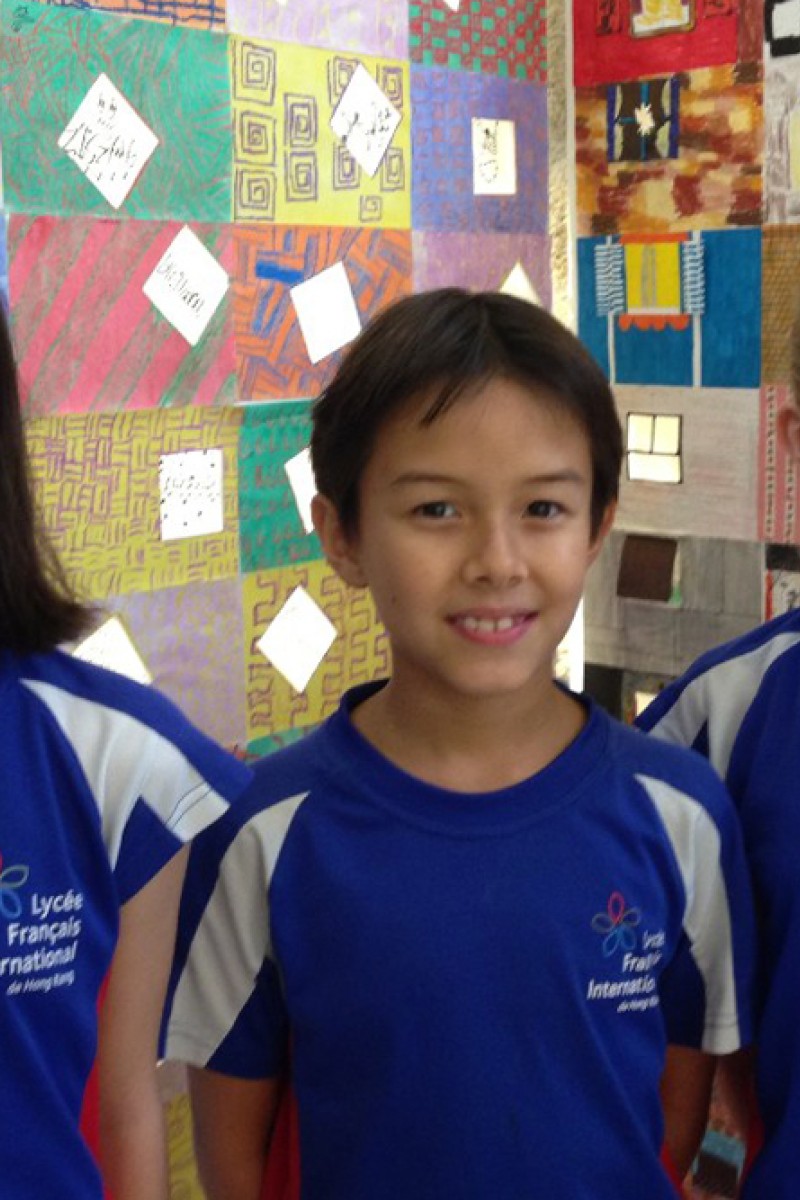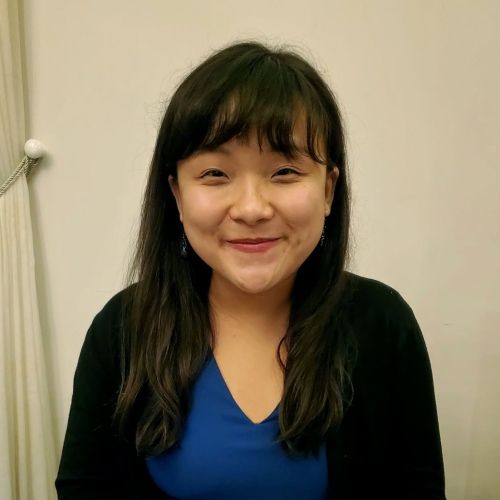
How animating a Jean de La Fontaine fable taught three French International School students to code, create and compromise
The three winners of tell us what it's like to animate a classic La Fontaine fable, polish up on coding skills, and why it's best to work as a team
 (From left) Winners Aliénor Pabiot, Etienne Corno and Elisabeth Ladret revived the well-known fable The Cicada and the Ant.
(From left) Winners Aliénor Pabiot, Etienne Corno and Elisabeth Ladret revived the well-known fable The Cicada and the Ant.For some of us, reading classical literature can be quite a tedious task, especially when we are so used to getting snippets of information from apps like Instagram and Snapchat.
But a competition at French International School (FIS) was held to change that mindset. The Animated Video Competition revived famous French poet Jean de La Fontaine's fables through cleverly-coded animations, making it relevant for 21st-century consumers.
Choosing from four of La Fontaine's fables, primary and lower secondary students teamed up to create a short animation using Scratch, a free programming software that helps students design and reason based on algorithms.
jury of specialists - FIS teachers in different subject fields - voted for the top three best clips, before finally deciding on the best one for the Grand Jury Prize.
Writing prize-winning codes
Young Post got in touch with the Grand Jury Prize winners Etienne Corno, 10, Elisabeth Ladret, 11, and Aliénor Pabiot, 10, via email to learn more about their making of the vivid La Cigale et la Fourmi (The Cicada and the Ant).
We thought it was a great opportunity to improve our coding skills and work as a team," said the Year Six trio.
The team expressed their desire to learn how to actively create on the computer, rather than just passively play video games.
Having learned how to code at early on, the three can proudly say they chimed in during every part of the process.
"It's satisfying to know it's 100 per cent your work," said Elisabeth.
The Cicada and the Ant
The students, who study in the school's French stream, explained their choice of story, saying they had previously studied it in class and were inspired by La Fontaine's beautiful text.
"We wanted to create something humorous and entertaining to watch," they said, pointing out that LeLion et le Rat - The Rat and the Lion - was another classic fable they had considered for their entry.
The fable they eventually decided on is about a cicada who sings throughout the summer, but never prepares for the winter.
As the cold season approaches, the cicada has to beg her neighbour, an ant, for meals.
In the end, the ant refuses to help and insists the cicada should spend more time stocking up for the future rather than singing all the time.
The students explained they studied books about insects and their habitats during the illustration phase to ensure accurate drawings.
To give the video an extra layer of excitement, Elisabeth recorded some of her family members' voices and expertly coded the sounds to match the Cicada's guitar-playing hands.
The recipe for success
Competition preparations began early to ensure the Easter holidays in March didn't get in the way.
They invited each other over to one another's homes to discuss the project and spent a lot of their play time at school at the library, instead of in the playground.
Elisabeth highlighted the importance of team harmony.
"We had to learn to compromise, because we all had different ideas on computing, maths, art, and literature," she said. "But that's the whole point of working as a team."
And although Scratch makes coding easier with its "simple coding blocks", it wasn't all smooth sailing, especially when trying to time the animation precisely. They explained they needed to run tests to ensure the exact timing of every single sprite - an interactive image.
"There are so many sprites, so it was difficult to memorise the timing of each," said Elisabeth.
Hard work pays off
Despite the difficulties faced, the trio believed in their work and were confident in being one of the front-runners of the competition.
But when they found out they had actually won the Grand Jury Prize, they were completely overwhelmed.
"We were amazed and proud that all our effort paid off," they said.
They also showed gratitude to their teacher, Julien Guichet, who taught them computing, maths, and Scratch coding.
Prizes aside, the chance to collaborate with classmates and teachers on such an exciting and unique project was satisfying enough for the team.
"Even if we hadn't won, we at least enjoyed working together."
Edited by Andrew McNicol
